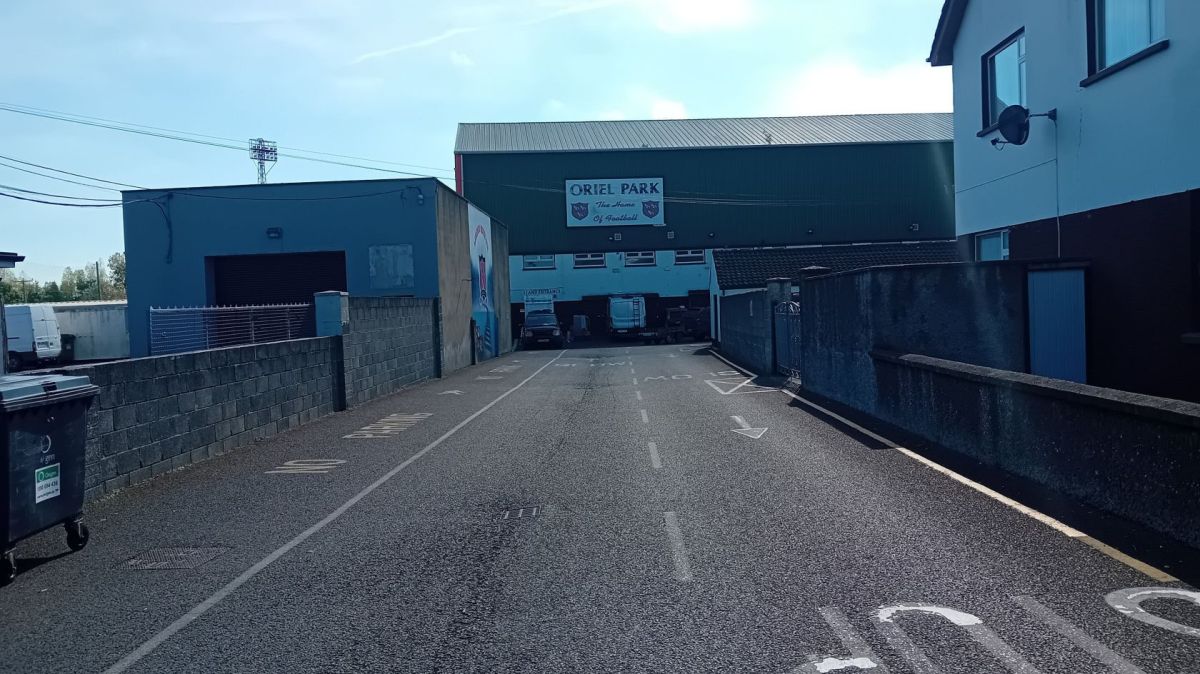The Friends of Derry's Walls (FDW) organised the week-long dig, which is being overseen by a group of specialists from the Queen's University Belfast Centre for Community Archaeology (CCA).
The CCA team will investigate a grassy bank near the base of the walls that is believed to be the location of a defensive ditch from the 17th century.
The dig will also involve members of the public and students from nearby schools.
According to FDW's Niall McCaughan, the excavation should "add another layer to the story of one of the island of Ireland's most historic cities."
He told, "It is very exciting, there's been interest locally, nationally, and internationally." The walls of Derry, which were constructed between 1613 and 1619, are the greatest state monument in Northern Ireland.
Derry was the first planned city in Ireland and the last walled city to be erected in Europe.
Derry's 17th-century defences were never broken, despite many sieges, including a 105-day siege in 1689.
The area of importance, the grass bank, is situated at the base of the walls and provides a view of the city's Bogside.
Ground-penetrating radar has been used to survey the region as part of the pre-dig preparation in recent weeks.
In more modern times, the dig site served as the location of Nailors Row, a city centre street that was destroyed in the 1970s.
According to Mr. McCaughan, that more recent past will also be examined.
"It has been fifty years since the events of Nailors Row, and during that time, this aspect has also become history," he stated.
The last archaeological dig in Derry's centre occurred in 2013, when several bones believed to be from the 17th century were found at a location inside the city's walls.











